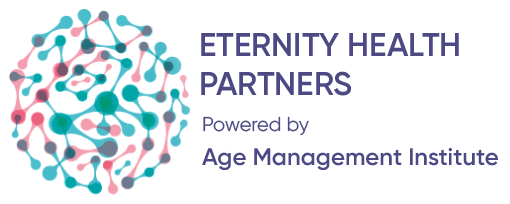Melanotan II and Melanin Production
Melanotan II (MT2) is a stimulating peptide that induces skin tanning. Melanocyte Stimulating Hormones (MSH) are a class of peptide hormones produced in the intermediate lobe of the pituitary gland that stimulates pigment cells (melanocytes) in the skin and hair to produce and release melanin that leads to darker skin and hair. Melanotan II increases melanin production via stimulation of the pigment cells called melanocytes.
What is Melanin?
Melanin is the skin pigment produced that protects our skin from the sun’s UV radiation and damage. It could be considered our body’s own natural sunscreen. Low levels of melanin mean that the skin is highly susceptible to DNA damage with excess sun exposure. The lack of melanin and its protection against UV radiation means that those individuals with fair skin have a propensity to burn and risk more DNA damage. It also means that a lot of time is invested in their ability to develop a tan safely without burning.
Receiving an adequate supply of vitamin D from the sun without being at risk of developing melanoma is somewhat of a balancing act. Studies have already discovered that staying out of the sun to prevent melanoma can cause vitamin D deficiency.
Benefits of a Melanocyte Stimulating Hormone:
The ability to achieve a darker tan with less exposure to UV radiation
Possible reduction in the risk of Melanoma (skin cancer)
A possible reduction in the incidence of sun-damaged skin
Fair skin individuals have the ability to develop a tan through the use of MT2 peptide
It can lead to a reduction in body fat
No sunburn, no tan-lines.
No sunless tanning streaks or fake tan removal
It can increase libido. During clinical trials for its use as a tanning agent, Melanotan II was found to be a potent stimulator of male erections. It has also been shown to increase female sexual desire in patients with sexual arousal disorder.
Short term side effects after administration include:
Facial flushing
Reduced appetite, nausea, and vomiting.
In males, spontaneous erections 1-5 hours after administration (priapism), associated with yawning and stretching complex.
How to stimulate melanin production with tanning peptides:
To get a safe tan, we need to stimulate the Melanocyte Stimulating Hormone (MSH) responsible for increasing melanin production. Scientists discovered the use of a “tanning peptide” when investing in possible ways to treat skin cancer. They hypothesized that by inducing the body’s natural pigmentary system through the process of melanogenesis, a protective tan could be produced before UV exposure, thereby reducing the potential for skin damage. With just a little UV exposure, the release of a-Melanocyte Stimulating Hormone stimulates a natural increase in the production of melanin from the melanocytes in the skin. Use of the tanning peptide provides more a-MSH which results in more melanin being produced and greater tanning potential (skin pigmentation) regardless of your skin type.
Clinical trials have shown that the use of Melanotan II may hold the potential to promote melanogenesis, with minimal side effects. The primary role of melanogenesis is to protect the hypodermis, which is the layer under the skin from the UV-B light that causes damage. It works by absorbing all of the UV-B light, which blocks its passage into the skin layer.




